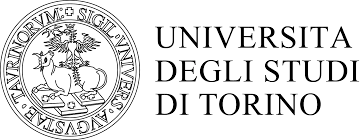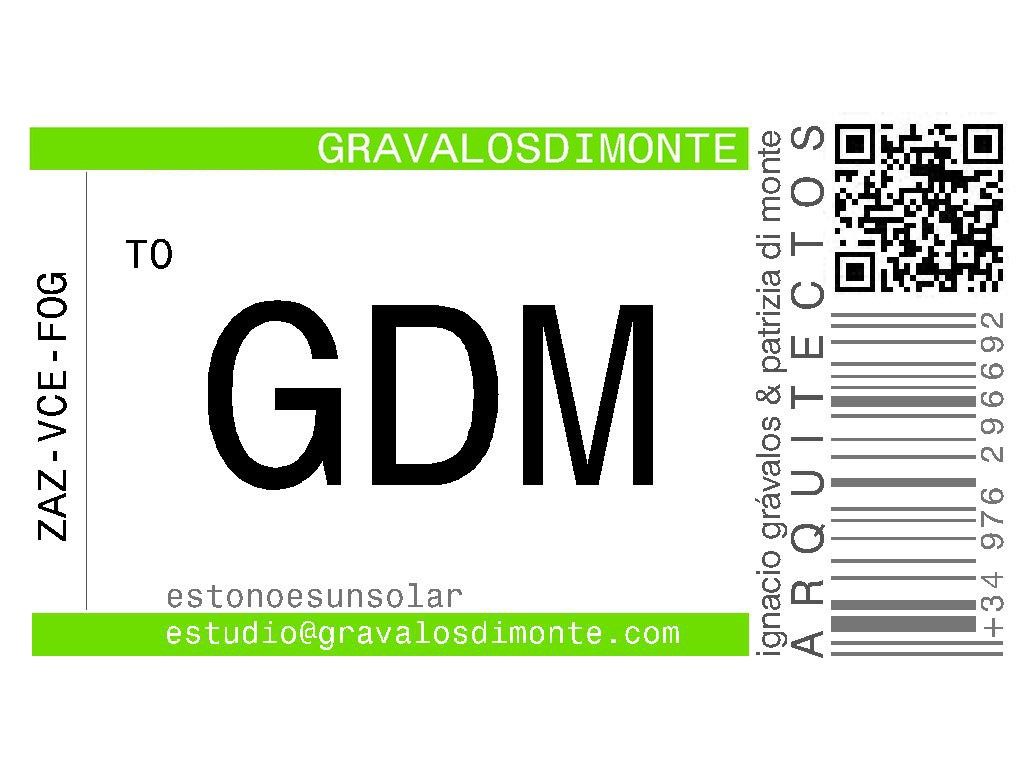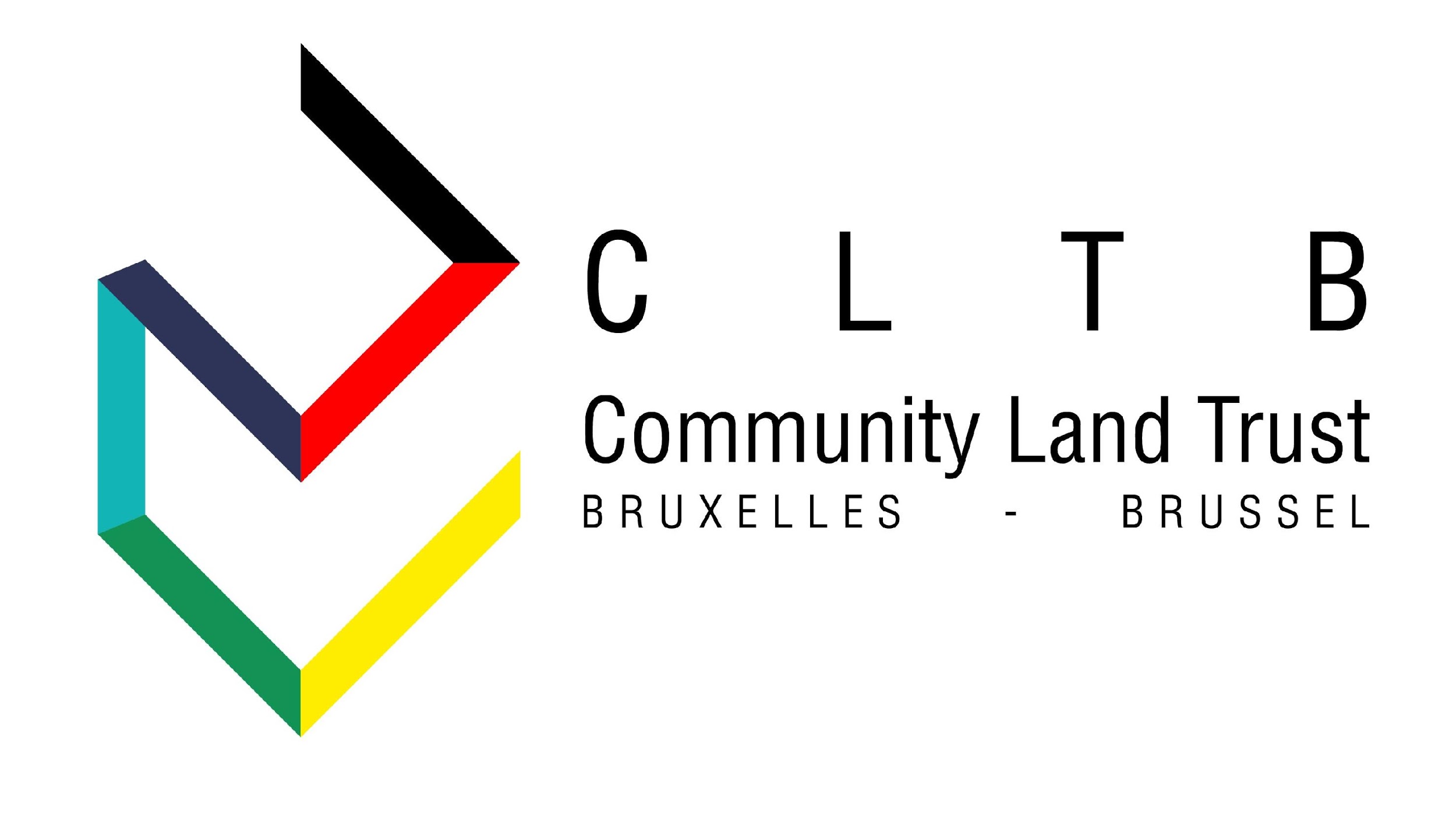
Our partners are hard at work, putting the finishing touches on some comprehensive tools that will serve the commons, whether it be organizations, municipalities, institutions, individuals or groups of active citizens.
One of the tools soon to be launched is the Empty Spaces Reuse Toolkit, developed by the collective work done at Estonoesunsolar.
We’ve compiled some information on the toolkit with hopes that you can familiarize yourself on what to expect when it comes out in November.
Objectives
The objectives of the toolkit are the following:
– Establish a methodology that allows to have a global vision of all those processes necessary for the temporary reuse of abandoned buildings, mainly destined to the empowerment of the commons.
– Develop specifically those processes related to space and those circumstances necessary to assess the different parameters that allow analyzing their viability and implementation.
– Provide an existing case analysis tool.
– Facilitate the ordering of case studies that can stage the processes in order to be addressed.
Methodology
The toolkit has a double ambition. On one hand, it shows a global vision of all those factors that intervene in a process for the reuse of abandoned buildings, from the empty space mapping process and existing citizens demand, to issues related to governance, legal frameworks or the monitoring of the management. On the other hand, it affects in a more exhaustive way those specific processes of the space, creating a sequence of analysis of factors that would allow the assessing all those aspects (normative, constructive, environmental, economic, inclusive etc.) that condition the immersion of the building in a new Lifecycle.
For this instance the methodology is based on the temporal sequence of the processes, divided into 6 blocks: Offer, Demand, Award, Financing, Implementation and Assesment. Despite its global nature, the methodology allows to each section to be applied independently.












